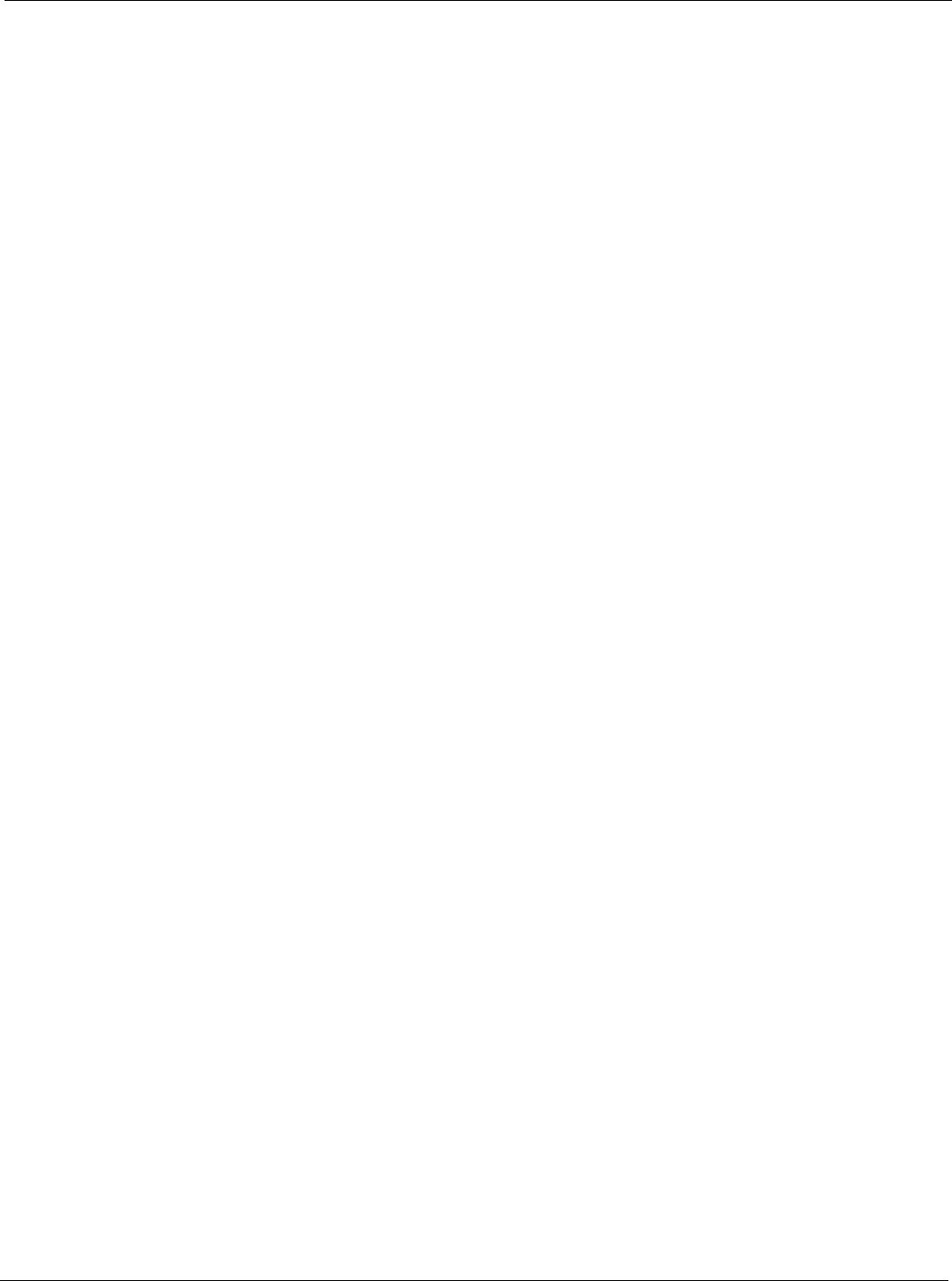Instruction manual
Table Of Contents
- Introduction
- Using the Keypad/Display
- Keypad/Display Menu Structure
- System Summary Menu
- Standard Menus
- System Menu
- Occupancy Menu
- Temperature Menu
- Flow Summary Menu
- Supply Fan Speed Menu
- Return/Exhaust Fan Speed Menu
- Cooling Menu
- Head Pressure Menu
- Evap Condensing Menu
- Economizer Menu
- Min OA Damper Menu
- Heating Menu
- Energy Recovery
- Dehumidification Menu
- Daily Schedule Menu
- One Event Schedule Menu
- Holiday Schedule Menu
- Optimal Start Menu
- Operating Hours Menu
- Extended Menus
- Unit Setup Menu
- Timer Settings Menu
- Time/Date Menu
- Supply Fan Setup Menu
- Return/Exhaust Fan Setup Menu
- Zone Temperature Setup Menu
- Compressor Setup Menu
- Head Pressure Setup Menu
- Chilled Water Setup Menu
- Economizer Setup Menu
- Design Flow Setup Menu
- Heating Setup Menu
- Dehumidification Setup Menu
- Alarm Out Configuration Setup Menu
- Alarm Limits Setup Menu
- Manual Control Menu
- LON/BACnetIP/BACnetMSTP Setup Menu
- Active Alarm Menu
- Alarm Log Menu
- Advanced Menus
- Unit Configuration Setup Menu
- Save/Restore Menu
- Alarm Delays Setup Menu
- Analog Input Status Menu
- Universal I/O Status Menu
- Digital Input Status Menu
- Digital Output Status Menu
- Adv Setup Settings Menu
- Adv Status Parameters Menu
- Alarms
- Operator’s Guide
- Determining Unit State
- Off Operating State
- Start Up Operating State
- Recirculating Operating State
- Heating
- Economizer
- Mechanical Cooling
- Determining Unit Status
- Determining Control Mode
- Determining Cooling Status
- Determining Heat Status
- Determining Economizer Status
- Determining Cooling Capacity
- Determining Heating Capacity
- Determining Supply Air Fan Capacity
- Determining RF/EF Capacity
- Determining Outside Air Damper Position
- Determining Emergency Mode
- Determining Application Mode
- Determining Occupancy Status
- Determining Occupancy Mode
- Determining Occupancy Source
- Unoccupied Operation
- Scheduling
- Temperature Control Configurations
- Heat/Cool Changeover
- Dehumidification
- Energy Recovery
- Outside Air Damper Control
- Outside Air Damper Control, Two Position
- Special Procedures for Units with WRV and More Than Two Circuits.
- Water Pump Control
- Cooling: Multistage
- Cooling: Modulating
- Heating Control
- Modulating
- Min DAT
- Indoor Air Fan - On/Off Control

McQuay OM 920 61
Alarms
Control Temperature Fault
If the temperature sensor (ZNT1, RAT, OAT, MAT) selected as the Control Temperature
source is not reliable for longer than the Sensor Alarm Delay (Default= 30 seconds), a Control
Temperature Fault occurs. When the Control Temperature Fault occurs, the unit is shut down.
It remains shut down until the Control Temperature Fault is manually cleared through the unit
keypad or via a network signal.
Emergency Stop Fault
An Emergency Stop Fault will occur if either of the following conditions is true:
• Emergency Stop Input in the Alarm (Open) condition
• The Net Emrg Ovrd input is set to Off via a network signal or the keypad/display
Freeze Fault
When a unit is equipped with a waterside economizer, chilled water, hot water, or steam coil,
the Freeze Fault occurs when the optional freezestat contacts open as a result of detecting an
abnormally low water or steam coil temperature while the fans are running.
When the Freeze fault occurs, the controller shuts down the fans, opens the chilled water,
economizer, and heating valves and set a 10-minute timer. If the unit is equipped with a
waterside economizer, the pump output is also turned on. When the 10-minute timer expires,
the controller checks the freezestat input again. If the freezestat contacts are closed the pump
output is de-energized and the valves close. If the freezestat contacts are still open the pump
output remains energized, the valves remain open, and the 10-minute timer resets. This
continues until the fault is manually cleared through the keypad or via a network signal.
Note – Water valves remain open and Pump output remains on for 10 minutes after alarm
conditions disappear.










